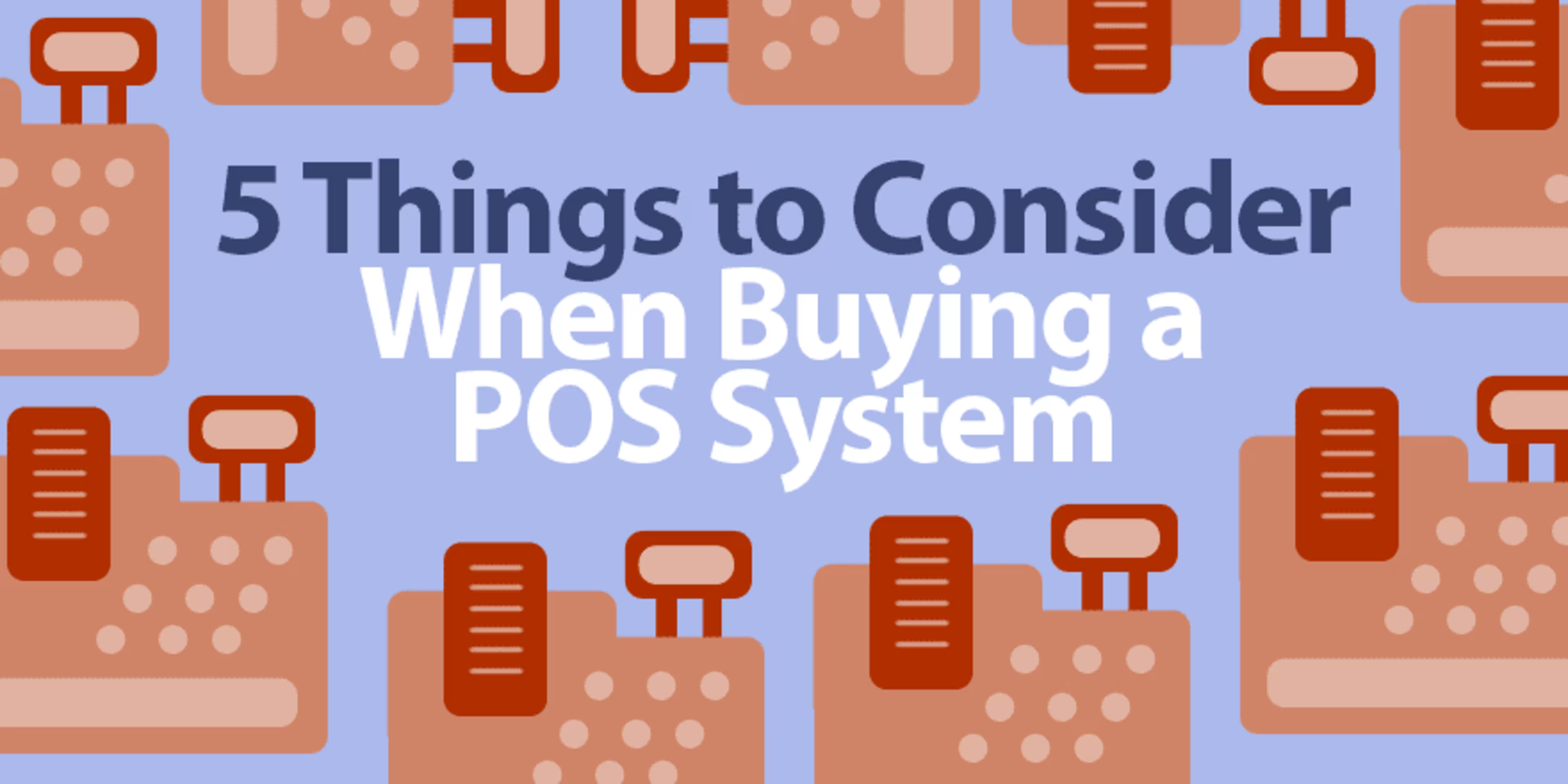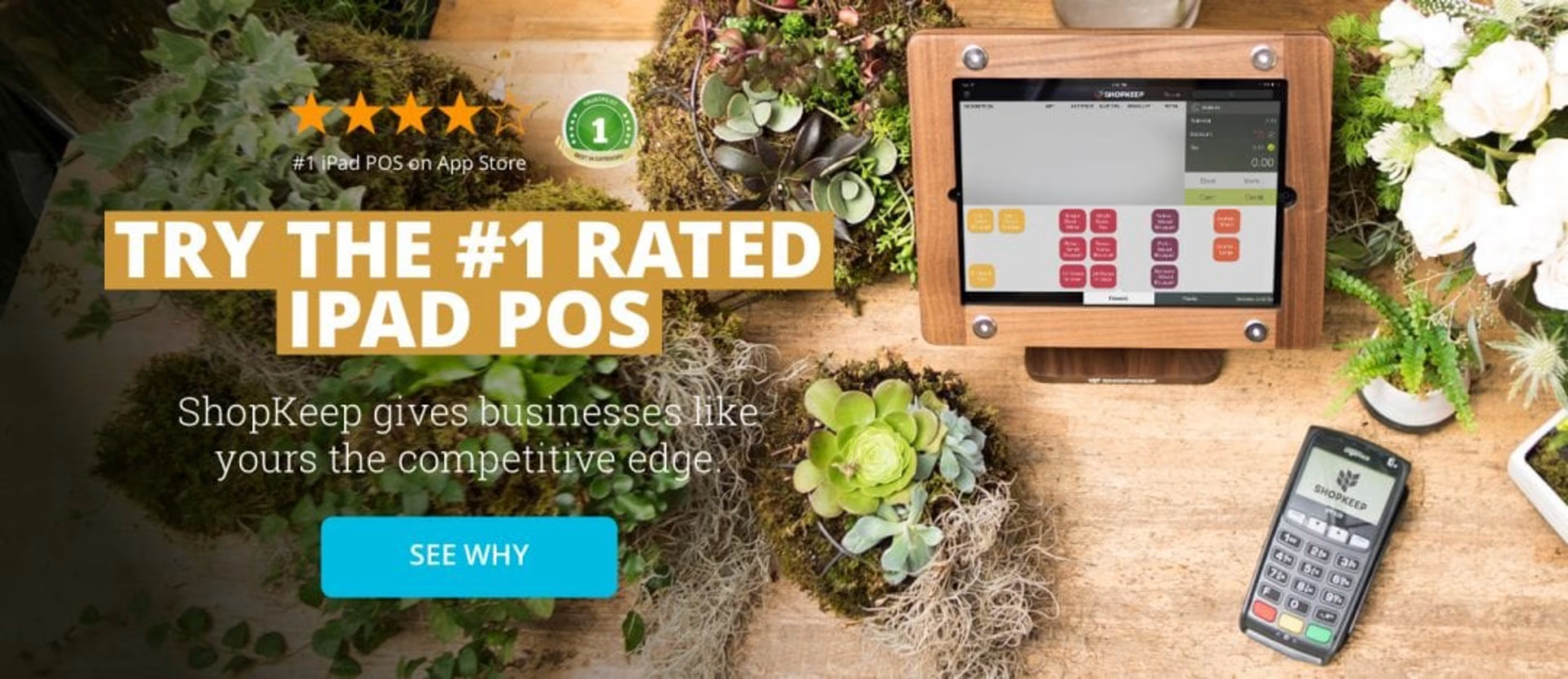Choosing a POS system is one of the most important decisions both new and experienced small business owners will ever make. Significant time should be put into researching POS software.

But sometimes — especially if you’re opening your first small business or are new to point of sale systems — it can be hard to know exactly what you should be researching.
That’s where we come in. We’re here to level the playing field and make sure you know what to consider before taking the plunge into POS territory. Sound tempting? Read on to find out what to include on your checklist.

1. Pricing
If you’re new to the world of POS software, the good news is that you have entered at a great time. Not too long ago, a robust POS system wasn’t feasible for small business owners, due to their high price points. But thanks to the newer software as a service (SaaS) model, reasonably priced options are now only a phone call away.
That’s the good news. The bad news however is that as many quality POS systems that are now out there, there is an equal amount of mediocre ones as well. A little later in this post we’ll touch on what features you’ll want to expect from a quality system. But before we head down that road, let’s address pricing. One of the easiest ways to spot a dud system is through inconsistent or sketchy pricing.
As much as pricing may vary from system to system, transparency within that pricing never should. POS providers should offer competitive, straightforward pricing that is easy to understand. There is nothing wrong with contracts — you can often save money over the course of the year — but they should be optional. Mandatory contracts should be seen as red flags. If you encounter a mandatory contract while doing your research, ask the representative if they have a no-contract option. If they say no, ask why. If you can’t get a straight answer out of them or you’re just not satisfied with their response, go with your gut and another provider.
2. Reporting
Now let’s get into the grit of your research. You’re investing in a POS system probably because you’ve heard that besides allowing you to take transactions, they work wonders for employee and inventory management, and allow you to access data that will revolutionize your business and drive sales forward. That’s all true. But like systems in general, not all sales reporting is created equal.
Beyond sales transaction data type and amount, you are going to want to expect a few other types of reports, including: top selling items, inventory reorder, ‘X’ and ‘Z’ reports, sales and inventory activity by date range, and customer activity. If you’re not sure what all of this mean, you can read a breakdown of necessary reporting here.
Another aspect of quality reporting is the ability to be able to check how sales are doing at your store from anywhere anytime. That means if you’re away from your store you should be able to check net sales, transaction counts, average sales value, and the total number of customers, in real time directly from your phone or tablet.
3. Integration
If you’re not familiar with the concept of POS integration, essentially it allows business owners to use a variety of different tools simultaneously by letting applications speak directly to one another.
What exactly does this mean? It means that instead of having to split your time among a variety of task, applications are now synced up and ready to go at a drop of a hat. Need an example? Take MailChimp integration for starters. By integrating your POS system with your MailChimp account, you can collect customer email addresses with your POS system at the point of transaction and have them sync directly with your MailChimp account. This way, the next time you go to send out a newsletter to loyal customers, you can skip the step of having to update your email list. It’s not exactly magic, but pretty close.
4. Support
We all plan on never needing customer support, so often it might take a backseat to other — and what might seem like more pressing — features. But at some point in the lifespan of your POS system, you’ll probably need a hand here and there. Whether it’s with questions after you first set up your system, or a year from now when you’ve transformed into a POS power user. Either way, there are a few things you should expect from customer support.
To begin with, 24/7 is a must — whether this is via phone, email, or livechat. Someone should always be available to answer your most pressing questions within a reasonable amount of time. Not having the necessary customer support can result in the inability to accept transactions and a loss of sales. There’s never an excuse for missing out on revenue, never. This support should also be unlimited and come at no additional charge. With the internet and now a plethora of review sites, it’s easier than ever to determine which POS systems provide the best customer support and service.
5. Usability
When choosing a POS system, make sure it is easy to setup and simple to use. You should be able to manage the setup process yourself and training employees should take minutes, not hours. A POS system should offer an intuitive interface that is easy to learn and a pleasure to use. From day one, nothing about your system should feel overwhelming. Instead, everything from importing inventory to managing employees to pulling sales data should feel simple and easy to accomplish.
When investigating the usability of a certain system, this is a great time to ask for references and visit shops that are using the system in question. Visit these stores and don’t be shy. Come prepared with a list of questions that are most important to you and fire away. If the system is really as impressive as the provider makes it out to be, merchants will be more than happy to sing its praises. On the other hand, if they’re having trouble with certain functions and features, they’ll probably want to spare you the angst of going with a dud system. So pay close attention, listen to what they have to say, take notes and follow up with a sales representative if you have any additional questions.
Now that you’ve learned the ABCs for what to be on the lookout for when choosing a POS system, you’re ready to hit the ground running and start the bulk of your research. Remember, the more time you put into your research today, the more it will pay off in the future when you’ve chosen the perfect system for your business.